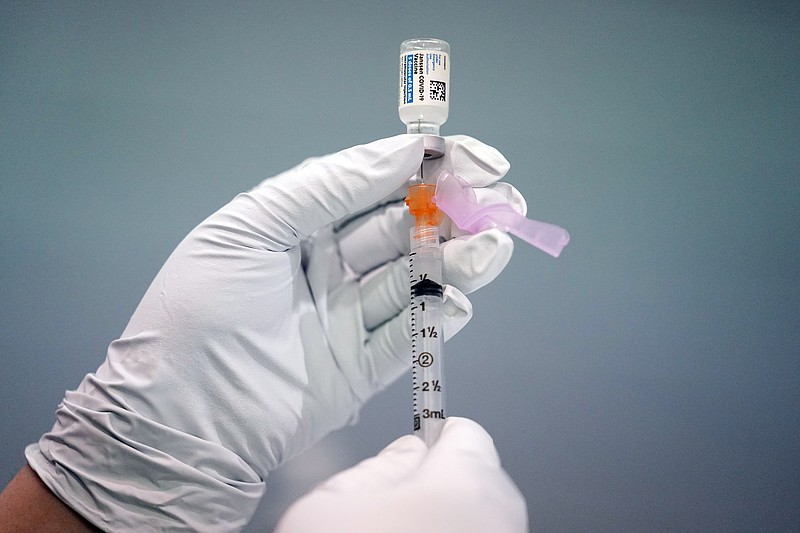KANSAS CITY, Mo. (AP) - Vaccination rates vary widely across Kansas and Missouri as officials work to persuade more people to get the coronavirus shots.
Statistics on the vaccination campaign show some communities making good progress distributing the shots while other, often rural areas, lag behind. In Kansas, a 26-percentage point gap exists between the county with the highest vaccination rate and the lowest. In Missouri, that gap is 33 percentage points.
The disparity could lead to islands of places where new infections are limited because of vaccinations next to places that continue to see hospitalizations linked to the virus, the Kansas City Star reports.
"The higher vaccinated counties will have less disease and less impact," said Lee Norman, secretary of the Kansas Department of Health and Environment.
Alan Morgan, CEO of the National Rural Health Association, said there could be lingering problems if rural and urban areas aren't vaccinated at the same rates.
"We're a mobile society, and if you have adjacent rural towns and rural communities not vaccinated, you're still allowing this pandemic to continue into the future," Morgan said.
Overall, 38% of all Kansans have received at least one dose of a coronavirus vaccine, and 37% of Missourians have received at least one dose.
In both states, health officials are turning their attention to smaller clinics and more personal approaches to help reach people who are hesitant to get the vaccine.
"We want to make sure we reach all people in all counties and there's still a lot of work to be done," Norman said.

